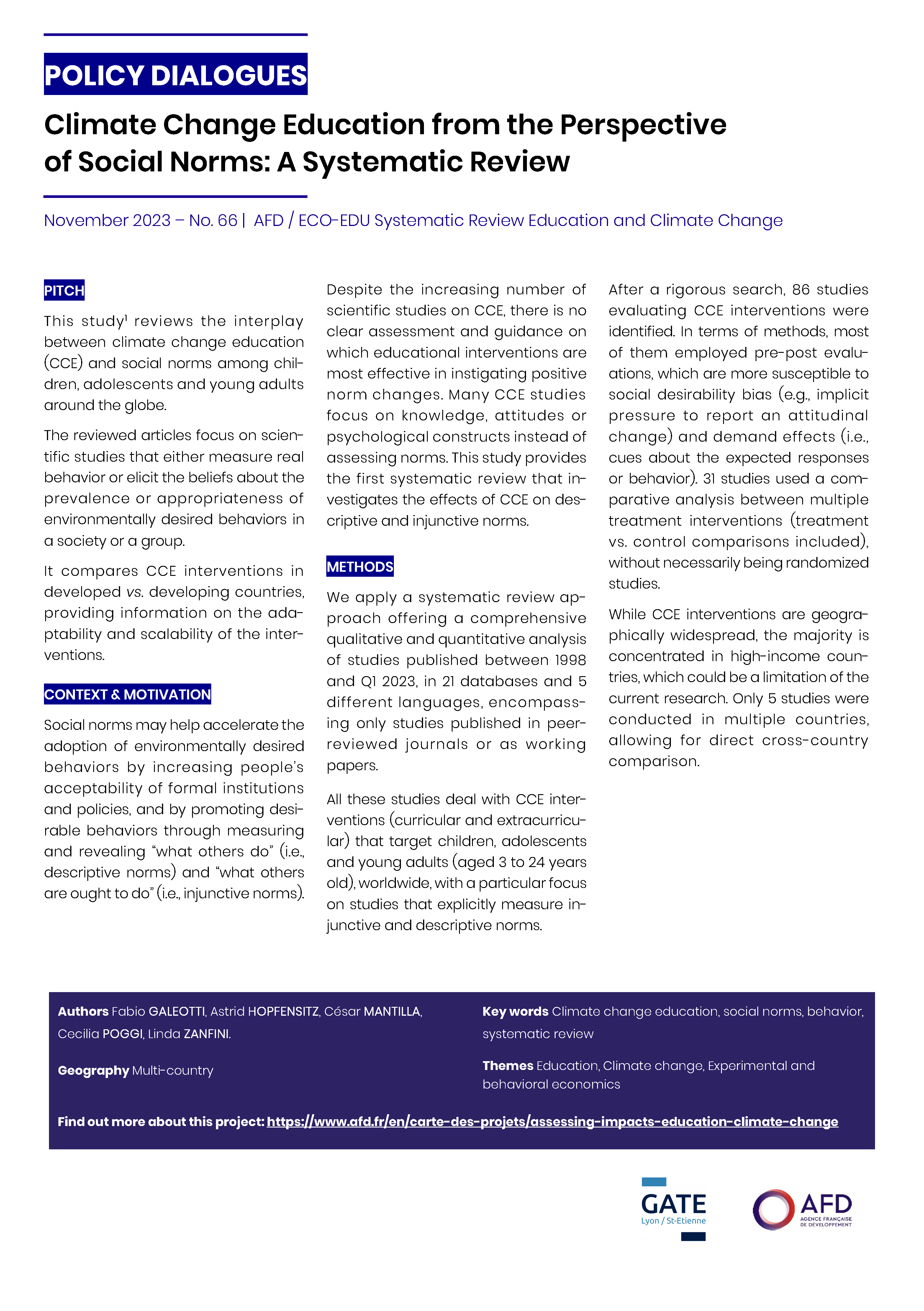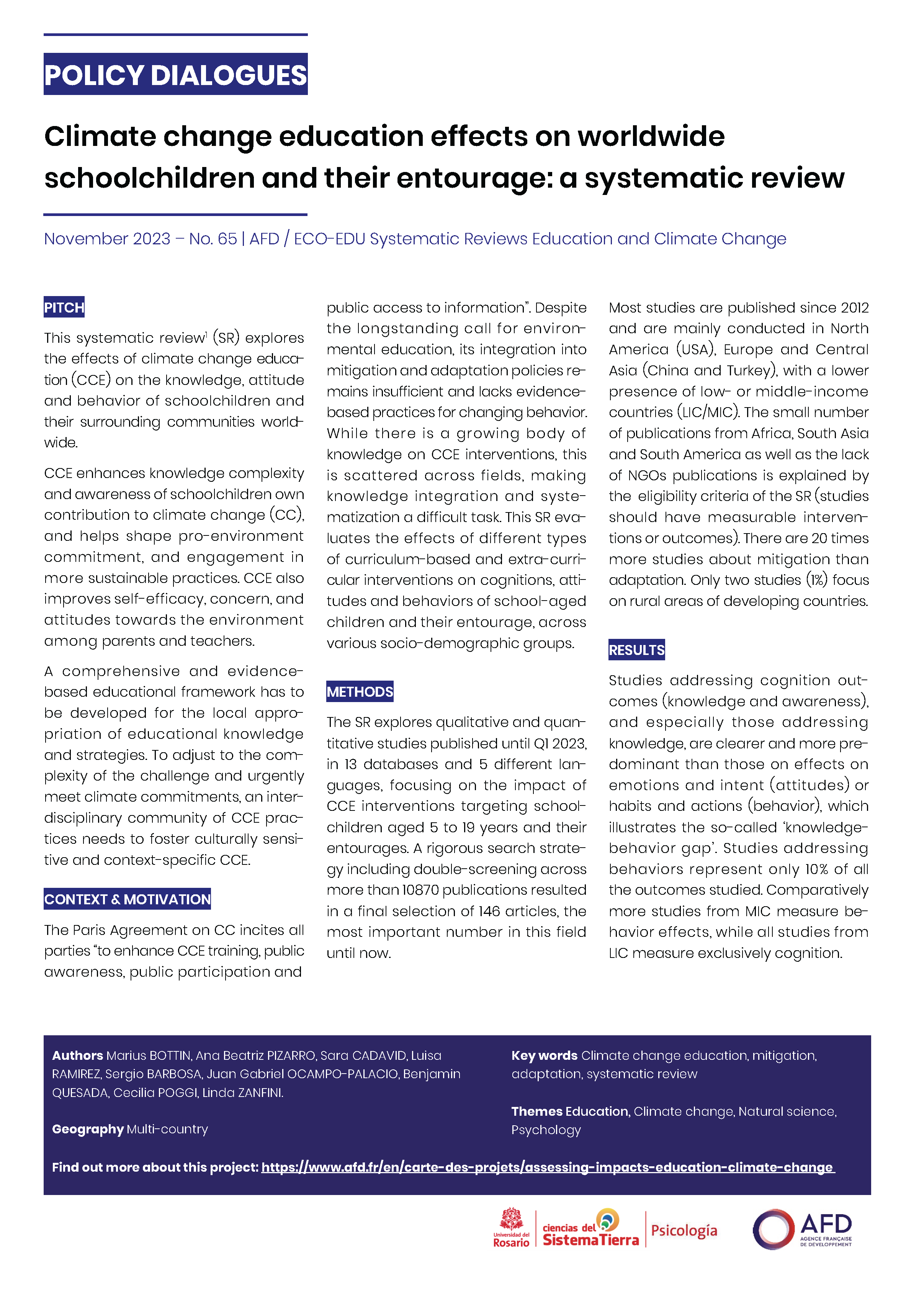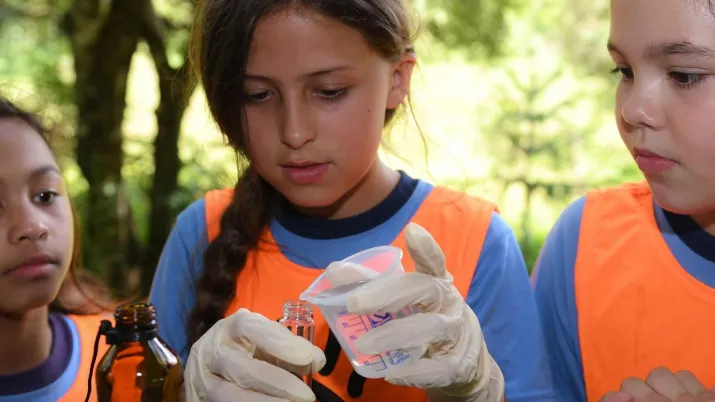 How can digital commons support the empowerment of actors historically excluded from public action? This action-research project follows the development of the Brasil Participativo digital platform, launched by the Brazilian government in the summer of 2023.
How can digital commons support the empowerment of actors historically excluded from public action? This action-research project follows the development of the Brasil Participativo digital platform, launched by the Brazilian government in the summer of 2023.
Contexte
As part of the revival of participatory forums dismantled under the presidency of Jair Bolsonaro (2019–2022), this project is an action-research initiative focusing specifically on the implementation of the Brasil Participativo platform. Launched by the Brazilian government in the summer of 2023, this platform aims to facilitate citizen contributions to the creation and improvement of public policies. It was developed using the Decidim web environment — a digital participation platform that, as of 2023, was being used in 30 countries and by 240 institutions.
This project was selected under AFD's call for research proposals on “Commons and Citizen Participation”, which invited proposals exploring how commons contribute to democratic practices and citizen participation; the interactions between commons-based actors and public institutions; and the capacity of commons to shape public action.
The project is part of AFD’s research program on the commons and will contribute to ongoing reflections on the “commons-based approach” — a framework closely tied to issues of democracy and citizen engagement, as it seeks to establish shared, operational governance of the complex challenges faced by public authorities, in partnership with citizens.
FIND OUT MORE ABOUT...
Objectives
This action-research project aims to:
- Analyze the Brasil Participativo initiative over the 2023–2025 period through the lens of the commons approach — focusing in particular on its governance, use, and user-generated contributions;
- Formulate recommendations on the development and governance of the platform, in order to embed principles derived from the commons approach.
Various federal public actors will be involved in the research activities, using a sector-specific approach. Through this sustained dialogue throughout the project, the ambition is to foster stronger connections between public institutions and civil society actors — especially groups that have traditionally been excluded from participatory processes, such as women, people of color, and Indigenous communities.
Method
The project will be carried out by a multidisciplinary team, bringing together academics and civil society actors with expertise in social movements, state–society relations, digital commons, and digital participatory arenas. Public institutions will be involved from the very beginning of the project.
The methodology will combine both qualitative and quantitative approaches — including interviews, document analysis, participant observation, and user data.
Results
The project will lead to:
- Publications, including a final report, research papers, and policy briefs;
- Communication materials co-produced with public institutions and civil society actors;
- The creation of dialogue spaces through co-construction workshops and seminars.
Want to stay updated on AFD’s latest research?
- Read more about Assessing the concrete effects of climate change education on ecological transitions
 Schoolchildren in a classroom. AFD funded two systematic literature reviews to assess the concrete effects of climate change education (CCE) on ecological transitions. By examining their impact on the knowledge, attitudes and behaviours of schoolchildren, young adults and their entourage, these studies led to recommendations for researchers and decision-makers in the field of education.
Schoolchildren in a classroom. AFD funded two systematic literature reviews to assess the concrete effects of climate change education (CCE) on ecological transitions. By examining their impact on the knowledge, attitudes and behaviours of schoolchildren, young adults and their entourage, these studies led to recommendations for researchers and decision-makers in the field of education.
Context
Climate change education (CCE) encompasses school and out-of-school activities that: teach skills and knowledge about climate change mitigation (such as sustainable lifestyles) and adaptation (such as disaster risk reduction); promote safe and sustainable learning spaces; actively engage communities as agents of change; and strengthen collaboration between policy makers and researchers in education and climate. It can take different forms (laboratory activities, school projects, etc.).
Despite the growing number of scientific studies on CCE, the concrete effects of these educational interventions remain uncertain. This is why, following a call for research proposals, AFD has selected two projects for systematic reviews of the existing literature and its main gaps:
- The first project focuses on the effects of climate change education on the knowledge, attitudes and behaviours of schoolchildren and their entourage; it is carried out by a team of researchers from the departments of psychology and natural sciences of the University of Rosario in Colombia.
- The second focuses on the effects of climate change education on behaviour and norms; it is led by a team of researchers from the Groupe d’Analyse et de Théorie Economique (GATE-CNRS) and the Department of Experimental Economics at the University of Rosario in Colombia.
Objectives
The study conducted by the University of Rosario analyses the impacts of climate change education according to the type of intervention (“traditional”, immersive, innovative teaching activities, etc.) and the strategies mobilized (based on knowledge, habits, emotions…). It aims to assess the effects of these different interventions on the knowledge, attitudes and behaviours of preschool and school-age children and their entourage, with a focus on their sociodemographic characteristics.
The study led by GATE-CNRS examines the impact of climate change education on the behaviours and the social norms that shape behaviors and expectations of children and young adults within society, through the prism of behavioral sciences. It aims to identify educational activities and content that promote changes in social norms, as well as possible cognitive biases and cultural and normative barriers. This systematic review will be supplemented by a research experiment conducted by GATE-CNRS.
Method
Both research projects are based on systematic reviews, namely rigorous and reproducible syntheses of the results of all existing original studies answering the same research question, which makes it possible to identify, select, evaluate and summarize primary studies, data and research findings on this issue.
The study led by the University of Rosario adopts the PIO (Population, Intervention, Results) methodology, which helps in the formulation of the research question and the realization of bibliographic research. A comparative analysis is then conducted to assess the effects of education on different populations (for example, younger students versus older students, etc.).
The study conducted by GATE-CNRS uses the PICO (Population, Intervention, Comparison, Result) approach, in which a comparative analysis allows to evaluate the most popular, effective or reliable types of interventions from a methodological point of view, behaviours and social norms, with a focus on intervention contexts. An experimental study conducted in France and Colombia will then aim to fill some gaps observed in the literature by testing two hypotheses:
- immersive educational activities are more effective than traditional activities in inducing pro-environmental behaviours and normative changes;
- the level of adherence to norms and civic engagement in both countries result in a different propensity to engage.
Research findings
Each of the two research projects resulted in a “Policy Dialogue” publication, presented at COP28, as well as a research paper published in the collections of Editions Agence française de développement. The project of the GATE-CNRS team will also give rise to a second research paper presenting the results of the field experiment.
Download the publications:
- Climate change education from the perspective of social norms: A systematic review (AFD Research Papers, November 2023) and the associated "Policy Dialogue" publication
- Worldwide effects of climate change education on the cognition, attitudes, and behaviors of schoolchildren and their entourage (AFD Research Papers, November 2023) and the associated "Policy Dialogue" publication
A webinar from the “Research Conversations” series, held in April 2025 to present the latest findings, is available for replay (in French with English subtitles):
Lessons learned
The two systematic literature reviews highlight gaps in research on climate change education, but also some promising results for this area of intervention.
The study conducted by the University of Rosario highlights, among other things, the omission of the gender equality lens, the difficulties in analyzing the effectiveness of long-term interventions, and the fact that research focuses more on the effects on knowledge than on behaviour. The study also highlights that the most relevant interventions are those that mobilize innovative pedagogies, that are based on information drawing on personal experiences, and that generate positive emotions, while those based on negative emotions can have counterproductive effects.
The study led by the GATE-CNRS finds that the types of intervention are very diverse. Projects based on concrete activities, those that combine several types of interventions and those that involve several stakeholders (teachers, students, etc.) lead to more convincing results. The study also highlights the very small amount of work that focuses on social norms; the fact that this research is conducted mainly in high-income countries and in urban areas; and that it focuses on recycling and waste behaviours, easily observable, neglecting behaviours with a greater impact on climate (transport, etc.).
The results of the experimental study are expected by the end of 2025.
Contacts
- Dr. Cecilia Poggi, Research Officer, AFD
- Dr. Linda Zanfini, Research Officer, AFD
- Dr. Benjamin Quesada, Associate Professor, Earth System Science Director, Research Group Leader "Interactions Climate-Ecosystems" (ICE), University of Rosario (Colombia)
- Dr. Fabio Galeotti, CNRS researcher at the Groupe d’Analyse et de Théorie Economique Lyon St-Etienne (GATE), Head of the 'Experimental economics' research group at GATE (France)
Find out more
Climate Change Education from the Perspective of Social Norms
Published on november 22 2023

Climate change education effects on worldwide schoolchildren and their entourage
Published on november 22 2023

Is climate change education effective? Two AFD-supported studies provide answers
Published on may 5 2025


